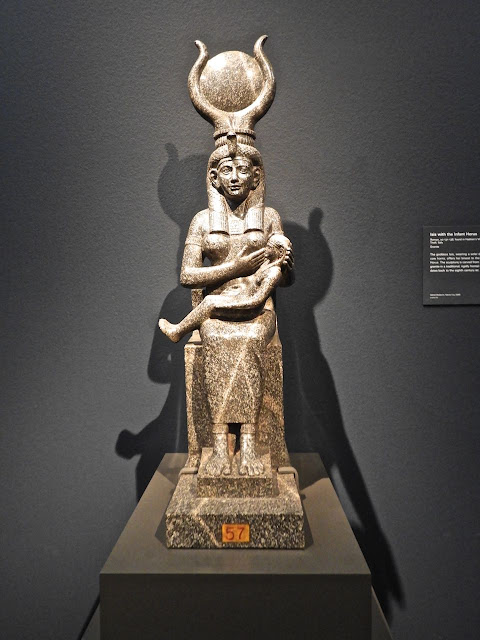Last month I posted about visiting a Farmer's Market in Paris and I mentioned that the trip to the market was part of a day spent at the Cordon Bleu Cooking School. I thought I'd finish the story about my day a that infamous culinary institute.
After the trip to the Farmer's Market, our chef returned to the school and our guide/translator took us to the famous Poilane Bakery, known for their sour dough loaves embellished with the "P" on each loaf.

We not only got to visit the bakery but, they took us into the basement where this young man was busy shoving loaves of bread, each in one of those baskets you see to the left, into a huge, wood-burning oven. We learned that Poilane does have a more industrial bakery out in the Parisian suburbs but bread is still made this original way here at their in-town bakery.
After the bakery visit, we headed back to the Cordon Bleu for the lunch I featured in last month's post. Then it was into the classroom to watch the chef prepare several dishes.
He made a wonderful fish dish with fresh vegetables and tiny potatoes and then he topped it off with poached whole pears in a white wine and orange and vanilla syrup. And, since he was cooking just for us, we got to taste it all before we left. In fact, when we left around 6 PM, we didn't bother with any further dinner that night. We were full of gourmet food and feeling pleasantly satisfied.
I made a point of having my photo taken with the chef.
While I took this photo of two of my friends who spent the day there with me.
It was day I won't ever forget. A wonderful way to experience something unique and to learn a few new kitchen tricks. And, I have the certificate hanging in my kitchen to remind me of it every time I start to prepare a meal.









































